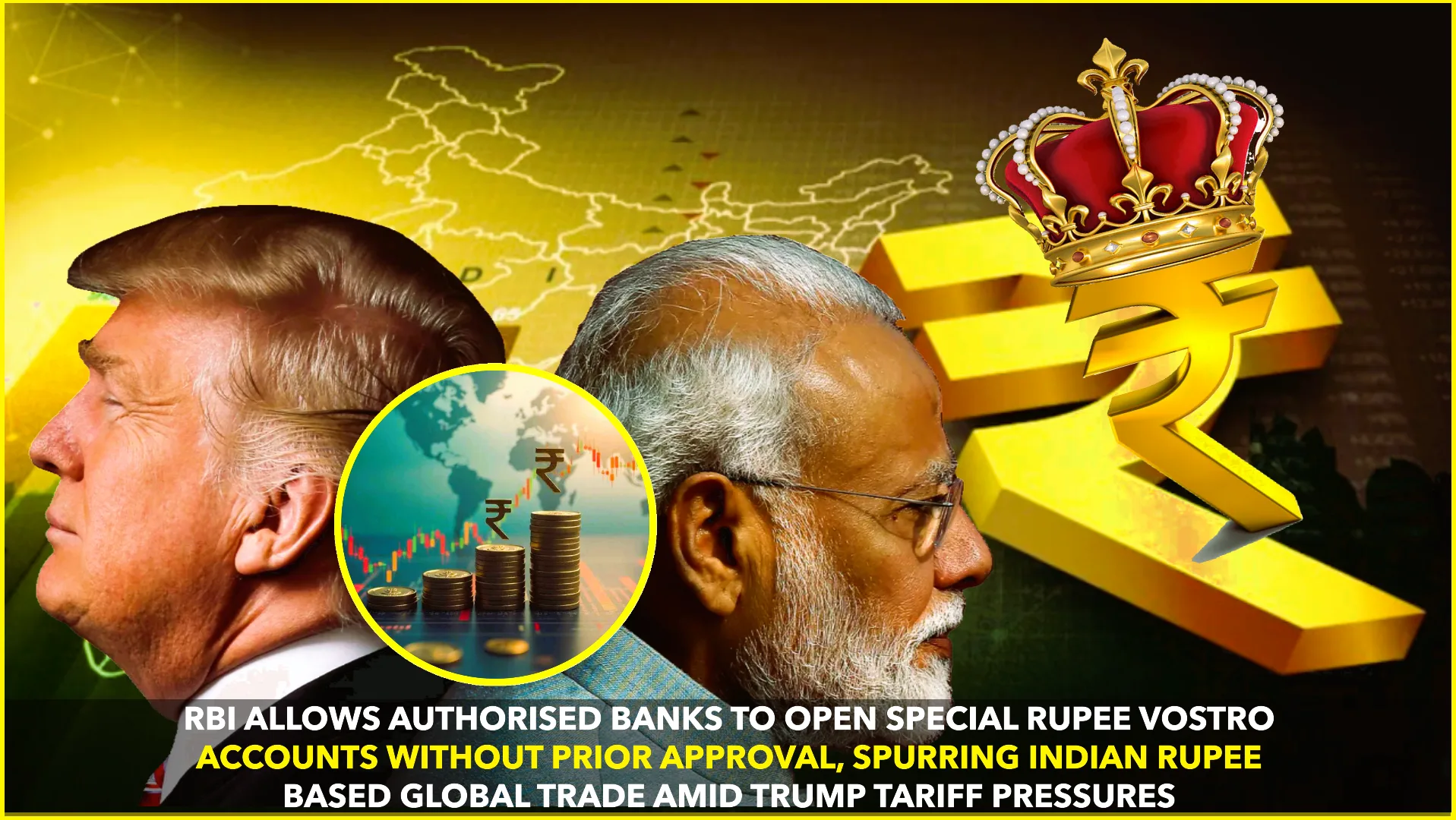Finance Minister Nirmala Sitharaman has addressed concerns regarding the Indian rupee’s depreciation against the U.S. dollar, emphasizing that the phenomenon is primarily due to the dollar’s significant strengthening rather than a weakening of the rupee itself. She highlighted that the rupee has remained relatively stable against other major global currencies, reflecting the robust fundamentals of India’s economy.
Speaking to reporters after attending the annual meetings of the International Monetary Fund (IMF) and the World Bank in Washington D.C., Sitharaman stated, “First of all, I would look at it as not rupee sliding, I would look at it as dollar strengthening, dollar strengthening incessantly.” She further noted that the Indian rupee has performed better than many other emerging market currencies in the face of the dollar’s appreciation.
The U.S. dollar has seen a consistent rise in value, driven by various global factors, including the Federal Reserve’s monetary policy and geopolitical tensions. This surge has exerted pressure on numerous currencies worldwide. Sitharaman remarked, “All other currencies around the world are performing against a strengthening dollar.” She emphasized that the Reserve Bank of India’s (RBI) interventions are aimed at mitigating excessive volatility rather than pegging the rupee at a specific value. “Containing the volatility is the only exercise that RBI is involved in. And I have said this before, the rupee will find its own level,” she added.
As of October 2022, the rupee settled at 82.35 against the U.S. dollar, having touched a record low of 82.68 earlier that month. Analysts estimate that the RBI may have expended nearly USD 100 billion over the past year to defend the rupee. India’s foreign exchange reserves stood at USD 532.87 billion in the week through October 7, a decline from USD 642.45 billion a year earlier. Both the RBI and Sitharaman have attributed this decrease to valuation changes arising from the appreciating U.S. dollar.
Addressing concerns about inflation, Sitharaman asserted that India’s macroeconomic fundamentals remain strong. She acknowledged external factors impacting the economy but highlighted that timely government measures have helped manage inflation levels. “The fundamentals of the Indian economy are good, macroeconomic fundamentals are good. The foreign exchange reserve is good. This is what I keep repeating that inflation is also at a manageable level,” she said.
India’s consumer price index (CPI) inflation in September rose to a five-month high of 7.41% from 7% in the previous month, remaining above the RBI’s upper tolerance level for the ninth consecutive month. Sitharaman expressed the government’s commitment to bringing inflation further below 6%, stating, “We are also being impacted through external factors. We are also being impacted. But because of the various measures we’re taking timely each time we are able to bring it to this level at least hold it. Ideally at this time to bring it to four will be just very good, but we’re trying.”
The finance minister also addressed the widening trade deficit, which reached USD 25.71 billion in September, with imports at USD 61.51 billion outpacing exports of USD 35.80 billion. She noted that the government is monitoring the situation to ensure there isn’t a disproportionate increase in the deficit with any single country. “Trade deficit is actually growing. It is growing across the board, meaning we are importing a lot more than exporting. And the net is definitely going against us. But, we’re also keeping a watch as to if there’s a disproportionate increase against any one country,” Sitharaman said.
In summary, Finance Minister Nirmala Sitharaman’s remarks underscore the resilience of the Indian rupee amidst a strengthening U.S. dollar and highlight the government’s efforts to maintain economic stability through prudent fiscal and monetary policies.










